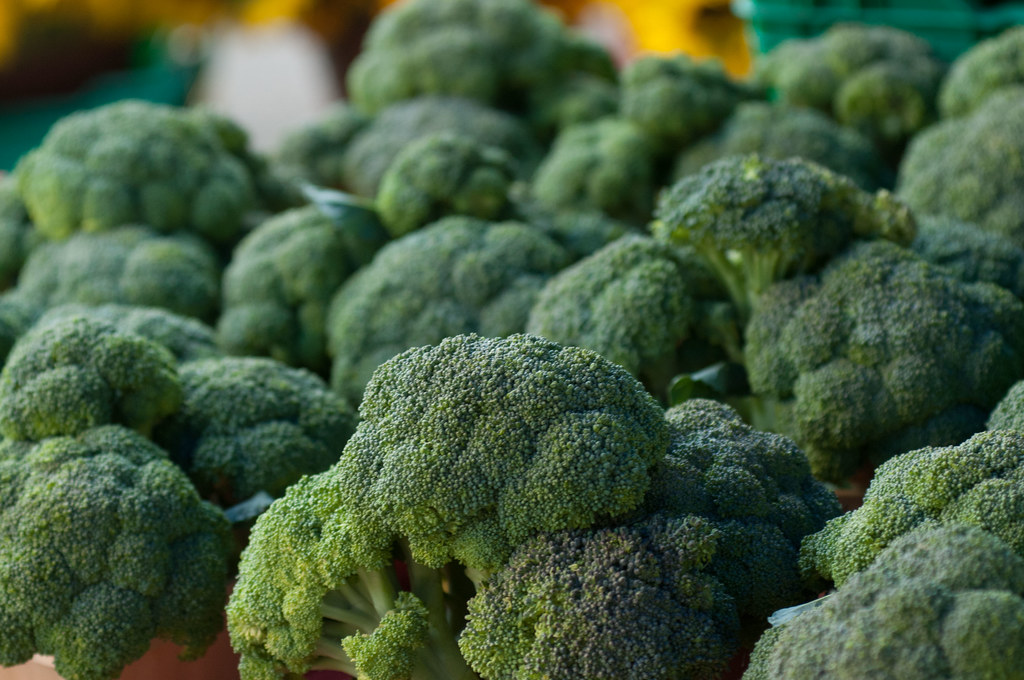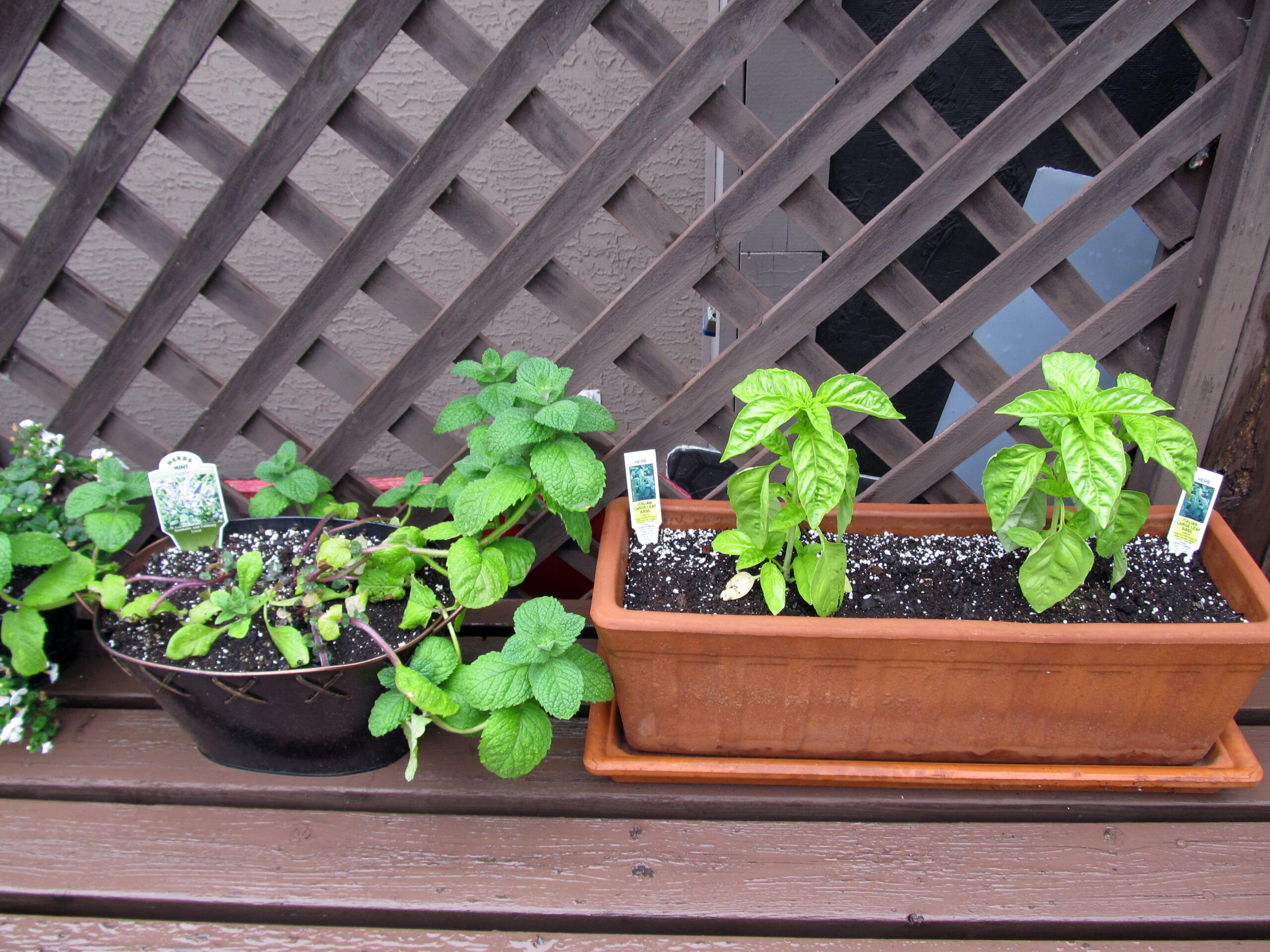Summary
Let’s tackle this. The user wants a comprehensive summary of the article “Unlock the Secrets to Thriving Herb Garden Basics Today.” The summary needs to hit several points: main overview, key insights from each section, important takeaways, maintain original tone and style, use the keyword “herb garden basics” naturally, focus on practical value, and avoid any formatting except strong and em. First, I’ll read through the article thoroughly to understand the structure and content. The article starts with an introduction that emphasizes the benefits of growing your own herbs, like cost-effectiveness and health benefits. Then it breaks down into sections on location, criteria for locations, the role of herbs, growing wisely, and a conclusion. The introduction highlights why someone should start an herb garden—cheap, fresh, medicinal benefits, low maintenance. The main content sections each delve into specific aspects: choosing the right spot, considering specific needs of different herbs, the roles herbs play beyond cooking, and practical planting tips. The conclusion wraps up by reinforcing the basics and the benefits. Now, the summary needs to be a cohesive paragraph, 200-300 words. I need to ensure that each major section’s key insights are included. For example, in the location section, the importance of sunlight, convenience, and spacing. The criteria section talks about grouping herbs with similar needs and considering perennials vs. annuals. The role of herbs mentions flavor, health benefits, and selecting the right varieties. The growing wisely section gives examples of easy herbs and companion planting. I need to make sure the keyword “herb garden basics” is included naturally, maybe in the conclusion part. Also, the takeaways should be clear: right location, group herbs by needs, choose appropriate varieties, companion planting, and regular care. Maintaining the original tone means keeping it engaging and practical. Using strong and em for key terms like specific herbs or important factors. Avoid bullet points, so everything should flow in a paragraph. Check that the word count is within the limit and that all key points from each section are covered without being too verbose. Let me start drafting. Begin with the intro’s main points, then move through each section’s insights, ensuring each is mentioned concisely. Use transitions to link the ideas. End with the conclusion’s takeaways. Make sure “herb garden basics” is there, perhaps in the final sentence. Check for any jargon and simplify if needed for general readers. Finally, proofread to ensure coherence and that all requirements are met. Growing your own herb garden is a rewarding endeavor that blends practicality, culinary creativity, and wellness, making herb garden basics essential for both novices and seasoned gardeners. The foundation of a thriving herb garden begins with selecting the ideal location, which requires prioritizing sunlight—most herbs need at least six hours of direct light daily—and balancing convenience, such as placing plants near cooking areas for easy harvesting. Specific needs vary: perennials like rosemary and thyme thrive in well-drained, sun-rich soil, while moisture-loving herbs like mint and parsley prefer partial shade and regular watering. Grouping herbs with similar requirements simplifies care and promotes health, while spacing and airflow prevent disease. Understanding the herb garden basics also involves choosing varieties aligned with your climate and lifestyle. Perennials offer year-round harvests in mild zones, while annuals like basil require seasonal replanting. Health benefits, such as antioxidants in herbs, add value beyond flavor, making a homegrown supply not only cost-effective but also a wellness boost. Companion planting, like pairing rosemary with lavender to attract pollinators, enhances aesthetics and growth. Easy-to-grow options like lemon balm or sage suit busy gardeners, while mint’s invasive nature can be harnessed to suppress weeds near water sources. Key takeaways emphasize attention to detail: optimizing sunlight and soil, matching plant needs to
Fresh herbs can transform a simple dish into a culinary delight, but buying them frequently can become expensive. But what if you could have a steady supply of fresh herbs right outside your kitchen door? They provide superior flavor and aroma compared to their dried counterparts, and many offer medicinal benefits that can enhance your overall well-being. Plus, herbs are generally low-maintenance and easier to grow than most vegetables, making them an excellent choice for both novice and experienced gardeners. Growing your own herb garden offers both practical and rewarding benefits. Whether you have a spacious backyard or a small windowsill, this article will cover the fundamental steps to start and maintain a thriving herb garden. From essential supplies to plant choice optimizing growing conditions we’ll explore basic principles as well as detailed techniques for cultivating and harvesting a variety of herbs.
Choosing Location
Determine Best Herbs Locations
When starting an herb garden, the first major decision is choosing the right location. The ideal spot significantly impacts the health and productivity of your herbs. Generally, herbs thrive in areas that receive ample sunlight. Most herb varieties require at least six hours of direct sunlight per day. This ensures vigorous growth and the development of potent aromas and flavors. Observe your potential garden site throughout the day to identify the areas that receive the most consistent sunlight.

Another critical factor is convenience. Placing your herb garden near your kitchen or on a sunny windowsill can make it easier to harvest fresh herbs as needed. This convenience encourages regular use and enjoyment of your homegrown herbs in cooking and beverage preparation. Additionally, consider the space available and the specific needs of the herbs you wish to grow. Some herbs prefer more space and cannot tolerate overcrowding, while others are compact and can be tucked into smaller areas. Carefully assessing and selecting the perfect location sets the foundation for a prosperous herb garden.
Important Criteria for Herbs Locations
When considering the location for your herb garden, it’s essential to understand the specific needs of the herbs you plan to grow. For instance, perennials like rosemary and thyme are more tolerant of drying conditions and can thrive in well-drained soil with ample sun exposure.

Conversely, herbs like mint and parsley prefer more regular watering and can tolerate partial shade. Practical applications include grouping herbs with similar watering and light requirements together. This approach simplifies maintenance and promotes healthier growth. Additionally, consider the layout of your garden, ensuring that taller herbs do not overshadow shorter ones and that there is adequate airflow to prevent disease. Proper spacing is crucial for strong plant development and convenient harvesting. Understanding these details helps create an optimal environment for your herbs to flourish, setting the stage for successful planting and care routines.
Essential Herbs
The Role of Herbs
Over the years, the use of fresh herbs has come to symbolize the hallmark of a gourmet cooking experience. Beyond enhancing the flavor of dishes, herbs also bring a multitude of health benefits, including antioxidant properties and beneficial compounds that bolster the immune system. The humble herb garden can transform your culinary landscape with fresh and flavorful additives that elevate even the simplest of meals. Herbs are both a cost-effective and practical addition to any household, but selecting the right herbs is the first crucial step. When deciding which herbs to cultivate, it’s vital to choose varieties that align with your lifestyle and the conditions of your growing environment. For example, perennials like thyme and rosemary are excellent choices for areas with mild winters and moderate rainfall, as they thrive in such conditions not just for one season but year after year.

On the other hand, annuals like basil and cilantro complete their life cycles within a year and may require more thought in terms of regular planting. Understanding the growth habits of herbs helps in planning a well-balanced and sustainable herb garden that meets the needs of both beginner and seasoned gardeners.
Grow Herbs Wisely
Choosing the right herbs presents both practical and aesthetic opportunities for enhancing your garden. For example, beginner gardeners can start with easy-to-grow herbs like lemon balm which thrives in partial shade and requires minimal maintenance, making it ideal for those just starting to explore herb gardening. Alternatively, herbs like sage are durable and require minimal water and full sun, perfect for busy individuals or those living in drier climates. In practical application, placing herbs like mint near water sources in the garden prevents soil erosion while harnessing its invasive nature to suppress weeds.

Furthermore, consider planting herbs that complement each other in growth habits. For example, pairing rosemary with lavender can create a beautiful aromatic duo that enhances your garden’s overall aesthetics while also attracting beneficial pollinators. Understanding these details allows for thoughtful planning and ensures a thriving herb garden that is both productive and visually appealing, providing fresh herbs from preferred plant choices tailored to the enthusiasts’ lifestyle, space constraints, and particular growing climate.
Key Takeaways
Let’s tackle this. The user wants a concise summary of the article’s key takeaways as an SEO specialist. The goal is a single cohesive paragraph with 5-6 sentences, maximum 150 words, using HTML with strong and em tags.
First, I need to identify the main points from the article. The introduction mentions the benefits of growing herbs: cost-effective, fresh flavor, medicinal properties, low maintenance. The main content sections cover location (sunlight, spacing, grouping), selecting herbs based on their needs (perennials vs. annuals), companion planting, and practical tips for growth.
The rules say to highlight 5-6 key points. Let’s list them:
1. Herbs need at least 6 hours of sunlight daily. 2. Group herbs with similar needs to simplify maintenance. 3. Choose between perennials (rosemary, thyme) and annuals (basil, cilantro) based on climate. 4. Consider convenience by placing near kitchen or windowsill. 5. Companion planting (rosemary with lavender) for aesthetics and pollinators. 6. Mint should be near water to control growth and suppress weeds.
Now, connect these points smoothly. Start with location and sunlight, then grouping, herb selection, convenience, companion planting, and mint’s placement. Use transitions like “Additionally,” “For example,” “Pairing,” and “For instance.” Check word count and ensure it’s under 150. Avoid markdown
People Also Ask
How to start an herb garden for beginners?
Starting an herb garden as a beginner involves a few straightforward steps to ensure success. Begin by choosing a suitable location that receives ample sunlight, ideally six or more hours a day. Next, select easy-to-grow herbs like mint, thyme, chives, and basil, which are hardy and require minimal maintenance. Opt for a well-drained soil mix enriched with compost to provide the necessary nutrients for healthy growth. Choose containers or planters if space is limited, ensuring they have adequate drainage to prevent waterlogging.
Once you have your location and supplies, plant the herbs according to the instructions on the seed packets or seedlings. Water them regularly but avoid overwatering, especially for herbs like rosemary and thyme that prefer drier soil. Place your herb garden near the kitchen or a windowsill for easy access and convenience. Regular harvesting encourages new growth and maintains the potency of flavor and aroma, so prune the herbs as needed. With these herb garden basics in mind, you will be well on your way to cultivating a thriving herb garden.
Which herbs should not be planted together?
In herb gardening, certain plants should not be planted together due to competition for resources or compatible growing conditions. For instance, basil and sage are best grown separately because basil requires consistent moisture, while sage thrives in drier soil. This difference in watering needs can make it challenging to maintain optimal conditions for both herbs when planted together.
Additionally, mint is an invasive herb that can take over a garden bed if not contained. To prevent it from spreading rapidly and choking out other plants, mint is usually grown in pots or containers. Another example is the relationship between dill and carrots, where dill can inhibit carrot growth and attract pests that harm carrots. However, companion planting herbs with complementary needs can promote healthier growth and deter pests. Always research the specific needs of your chosen herbs to ensure they complement each other in the garden. By understanding these herb garden basics, one can create a harmonious and productive herb garden.
How do I layout my herb garden?
Layout your herb garden thoughtfully to ensure that it is both functional and aesthetically pleasing. Start by arranging taller herbs such as rosemary and dill at the back of your garden bed to avoid shading smaller plants. Position medium-sized herbs like basil and parsley in the middle, and place low-growing herbs such as thyme and oregano at the front. This tiered layout creates a visually appealing gradient while ensuring that each plant receives sufficient sunlight.
Additionally, consider grouping herbs based on their watering and maintenance needs. For example, herbs that require more moisture should be placed together, while those that prefer drier conditions can be grouped as well. Also, ensure that there is adequate space between each plant to promote healthy growth and easy access for harvesting. Grouping herbs that complement each other, such as planting basil near tomatoes, can enhance both the aesthetics and the productivity of your herb garden. Ultimately, the goal is to create a harmonious and organized space that maximizes growth and convenience.
What are the secrets to growing herbs?
The secrets to successful herb gardening revolve around understanding and meeting the basic needs of your herbs. One of the most crucial factors is providing ample sunlight, as most herbs thrive with at least six hours of direct sunlight per day. Additionally, using well-drained soil enriched with organic matter such as compost ensures that your herbs receive the necessary nutrients for robust growth. Regular watering is essential, but it is important to avoid overwatering, especially for herbs like rosemary and thyme that prefer drier soil conditions.
Another key aspect is regural harvesting, which encourages new growth and maintains the potency of flavor and aroma in your herbs. Moreover, it is beneficial to choose herbs that suit your specific growing conditions. For instance, annuals like basil and cilantro complete their life cycle in one season, while perennials such as rosemary and thyme come back year after year. Planning and maintaining a well-spaced and organized garden also contribute to the overall health of your herbs. Grouping herbs with similar care requirements and utilizing containers for invasive plants can create an efficient and productive herb garden.
Conclusion
By understanding the herb garden basics, you can transform your garden into a lush, flavorful haven that enhances your culinary adventures and overall well-being. Whether you have a spacious garden or a cozy windowsill, the principles of choosing the right herbs, ensuring optimal growing conditions, and maintaining regular care will lead to a thriving herb garden. These steps, tailored to various experience levels and space constraints, make it easier to cultivate a variety of herbs that suit your lifestyle and climate. Remember, the key to a successful herb garden lies in attention to detail, patience, and a bit of creativity.
Frequently Asked Questions
What are some easy-to-grow herbs for beginners?
For beginners, herbs like mint, thyme, chives, lemon balm, and sage are excellent choices as they are hardy and low-maintenance. These herbs are nearly impossible to kill and thrive with minimal care, making them perfect for novices.
How should I arrange my herb garden for optimal growth?
To ensure optimal growth, arrange taller herbs at the back, medium-sized herbs in the middle, and low-growing herbs at the front. Group herbs with similar watering and light requirements together to simplify maintenance and promote healthier growth.
External Resources
Here are some helpful resources for more information about this topic:


